In today’s fast-paced world, finding a space to unwind and relax is more crucial than ever. A zen room can be your sanctuary—a dedicated area designed to promote peace, mindfulness, and tranquility amidst the chaos of daily life. This guide will walk you through essential tips for creating your own zen space, helping you cultivate calm and clarity that enhances your overall well-being.
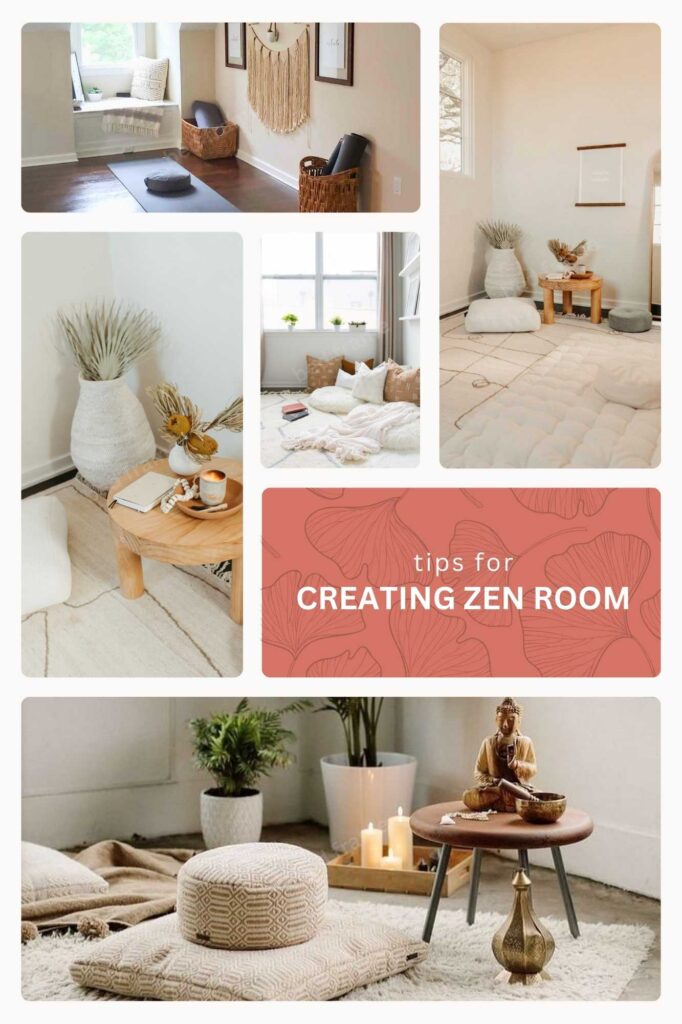
Table of Contents
Understanding Zen Philosophy
At the heart of any zen room lies the philosophy of Zen itself, which emphasizes simplicity, tranquility, and harmony. These principles are not just for meditation practitioners; they are for anyone looking to improve their mental and emotional health. A well-designed sanctuary can foster focus, reduce stress, and create a welcoming atmosphere that encourages mindfulness. By understanding the essence of Zen, you can effectively transform your space into a personal retreat.
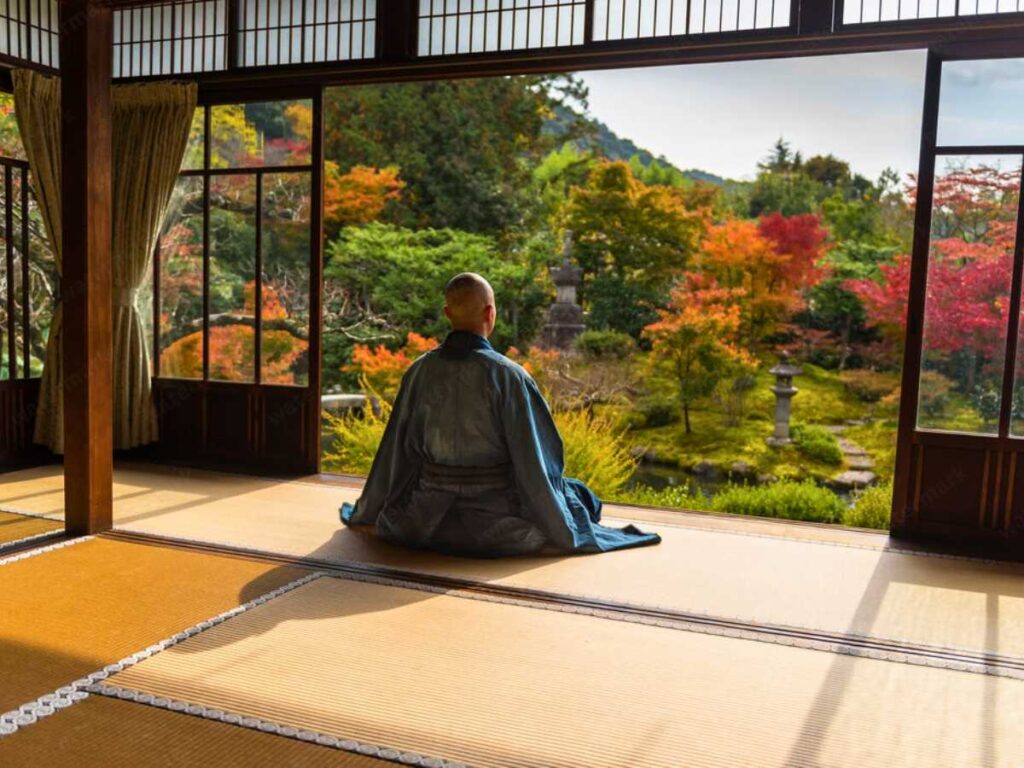
The Essence of Zen
Zen philosophy teaches us the importance of being present in the moment and appreciating the beauty of simplicity. This approach allows us to disconnect from the overwhelming demands of modern life and reconnect with ourselves. A zen space embodies this philosophy by serving as a tranquil haven where distractions are minimized, enabling you to engage in meditation, yoga, or simply relax with a good book.
Benefits of a Zen Space
Creating a zen area isn’t just about aesthetics; it offers tangible benefits for your mental health. A well-curated environment can enhance focus, help reduce anxiety, and provide a sense of grounding. Additionally, a zen room encourages daily practices that promote relaxation and mindfulness, leading to improved emotional resilience and overall well-being.
Tips for Creating a Zen Room
Now that you understand the philosophy behind a zen space, let’s dive into practical tips for creating your peaceful retreat.
Declutter and Simplify
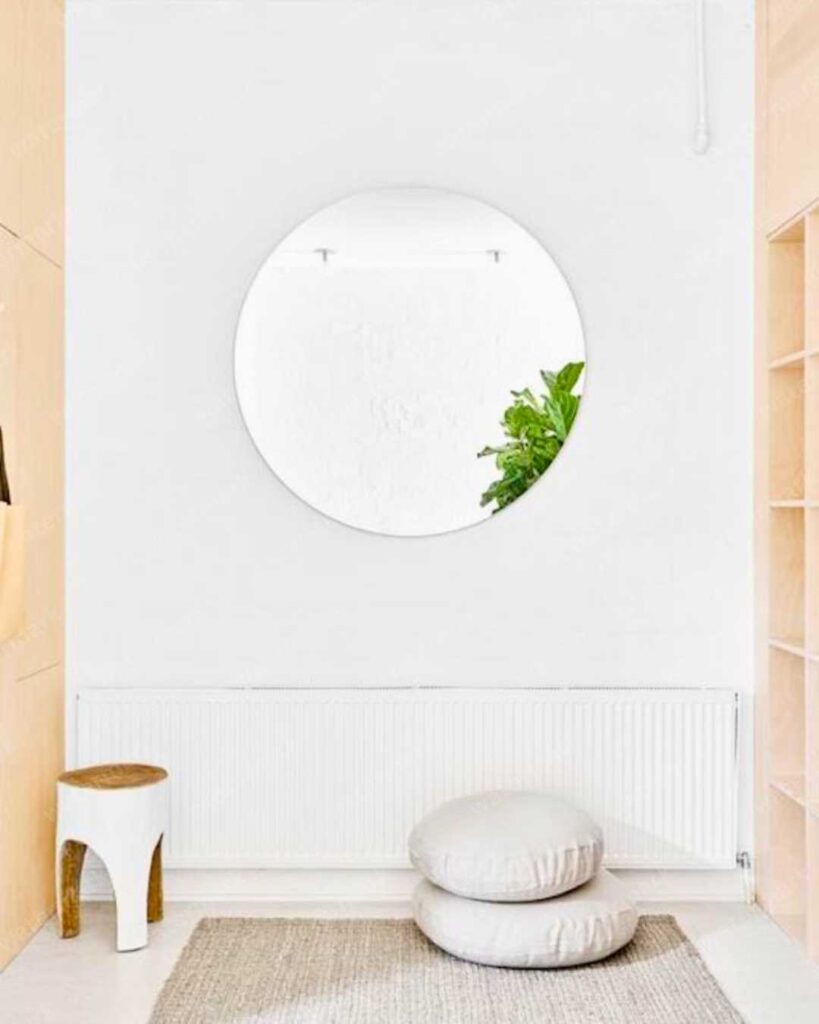
The first step in designing your personal sanctuary is to declutter. A chaotic environment can lead to a chaotic mind. Start by removing unnecessary items, keeping only what brings you joy or serves a specific purpose. Embrace minimalism; a clutter-free area promotes clarity and calmness, making it easier to engage in mindfulness practices.
Choose a Calm Color Palette
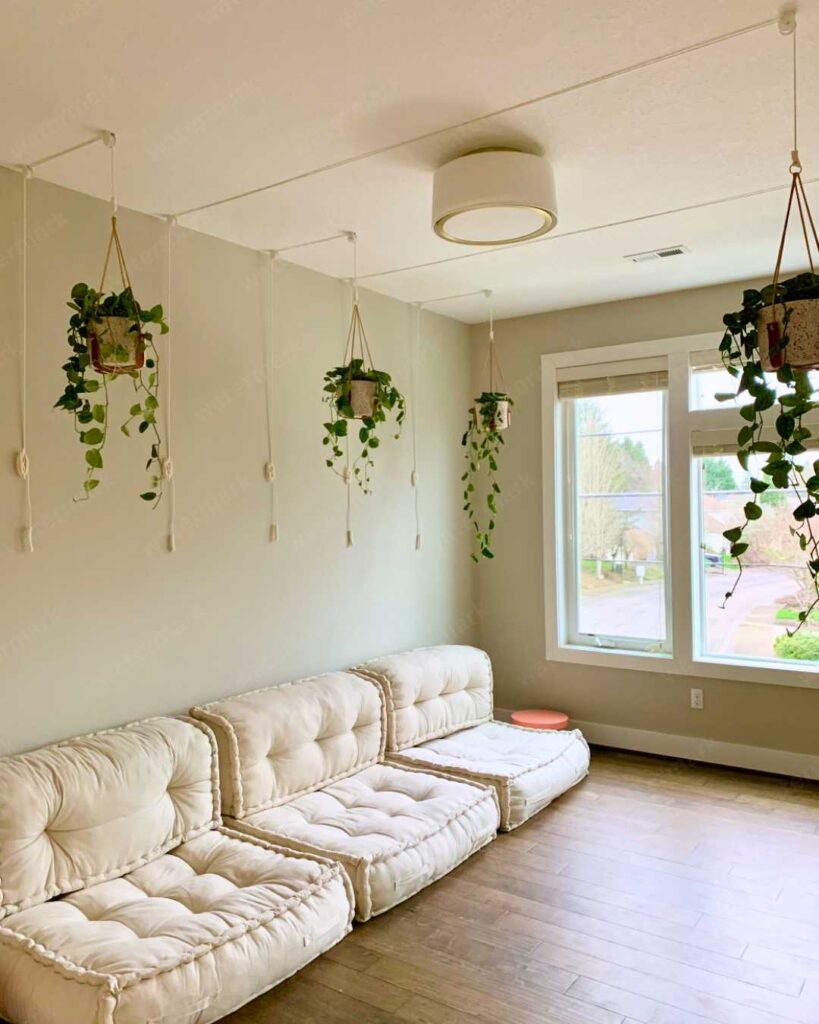
The colors you choose for your zen space can significantly influence your mood. Opt for soft, earthy tones and pastel paints that evoke feelings of peace and tranquility. Shades of green, blue, and beige are excellent choices, creating a soothing backdrop for your environment. Remember, the goal is to foster an atmosphere that encourages relaxation and introspection.
Create a Relaxation Area
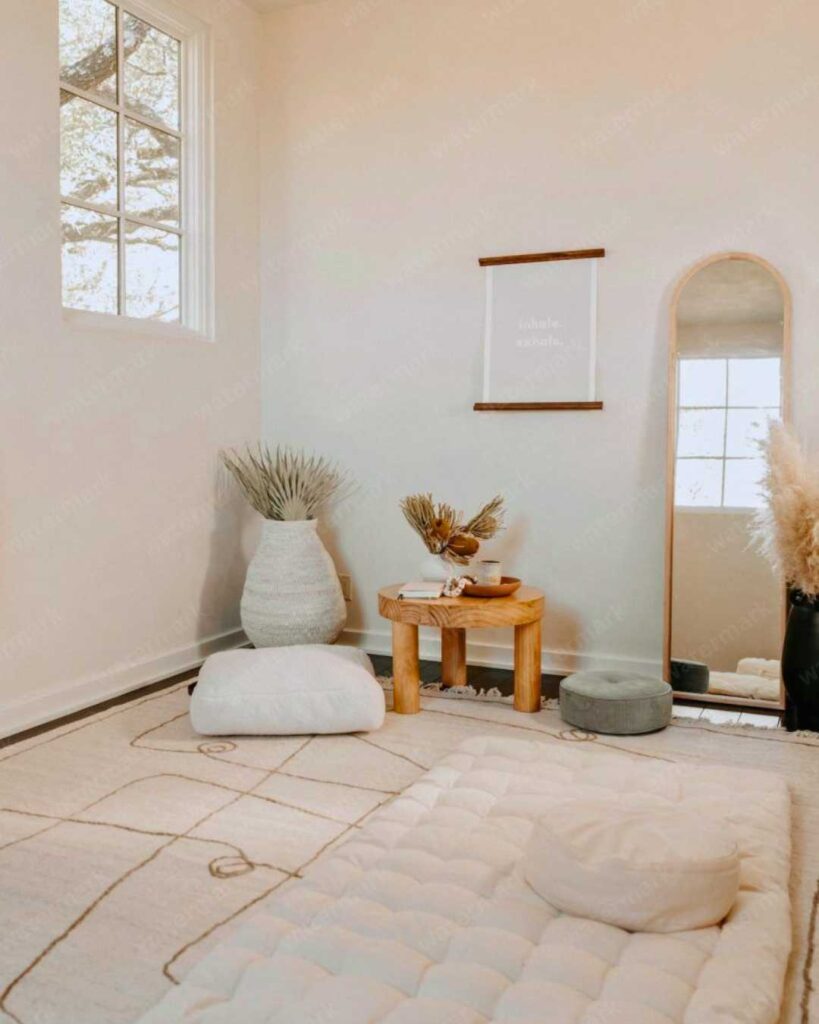
Designate a cozy relaxation area within your zen room. This can be a corner with comfortable seating, floor cushions, or a meditation mat. Ensure this space invites you to unwind, read, or practice mindfulness. Having a dedicated area for relaxation helps establish a routine, making it easier to engage in calming activities.
Use Minimalist Decor
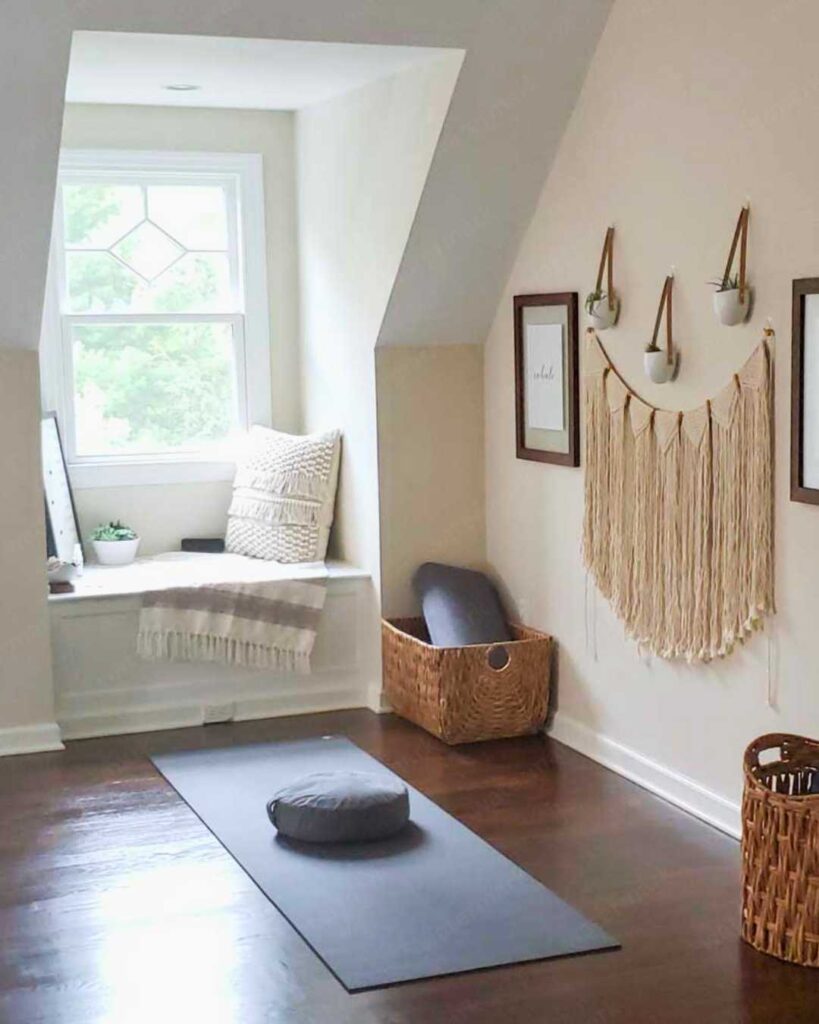
When it comes to decor, less is more in a zen space. Select meaningful art or decor pieces that resonate with peace and mindfulness, and avoid overcrowding your area. Consider incorporating nature-inspired elements or abstract art that reflects serenity. Your decor should enhance the atmosphere without overwhelming it.
Use Soft Lighting
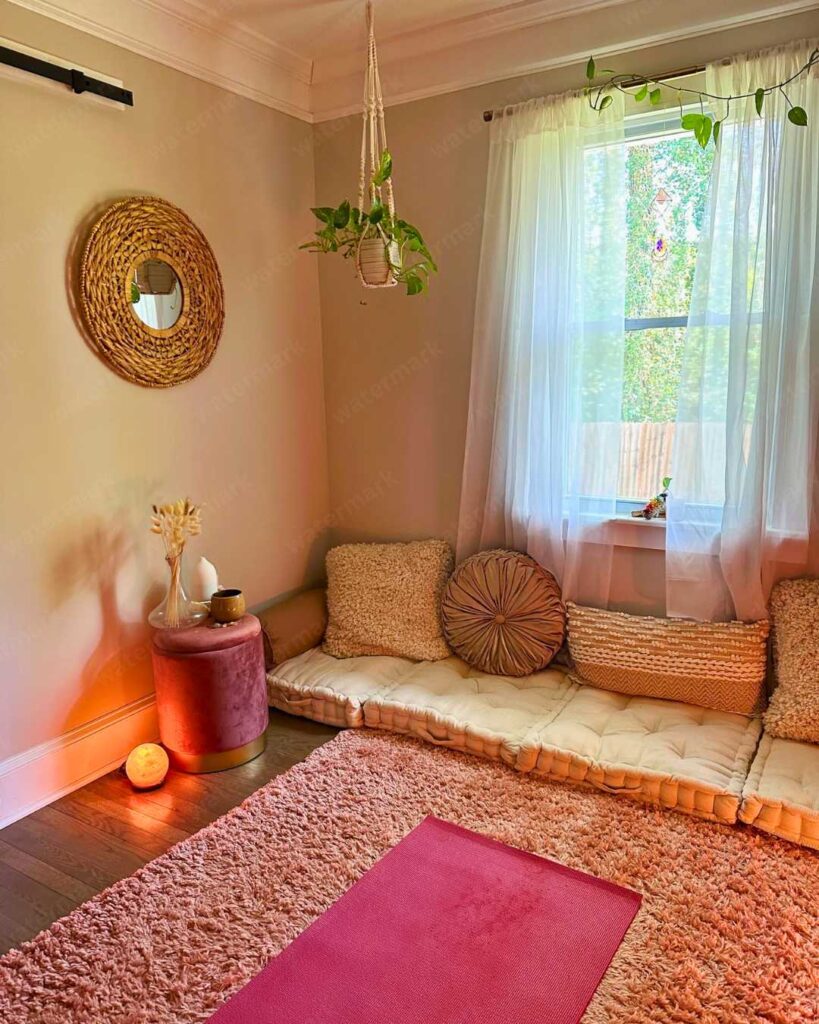
Lighting plays a crucial role in setting the mood for your zen space. Implement warm, ambient lighting with lamps, candles, or string lights to create a cozy atmosphere. Soft lighting can reduce stress and help you feel more at ease. Consider using dimmers or adjustable lamps to tailor the brightness to your needs.
Incorporate Natural Elements
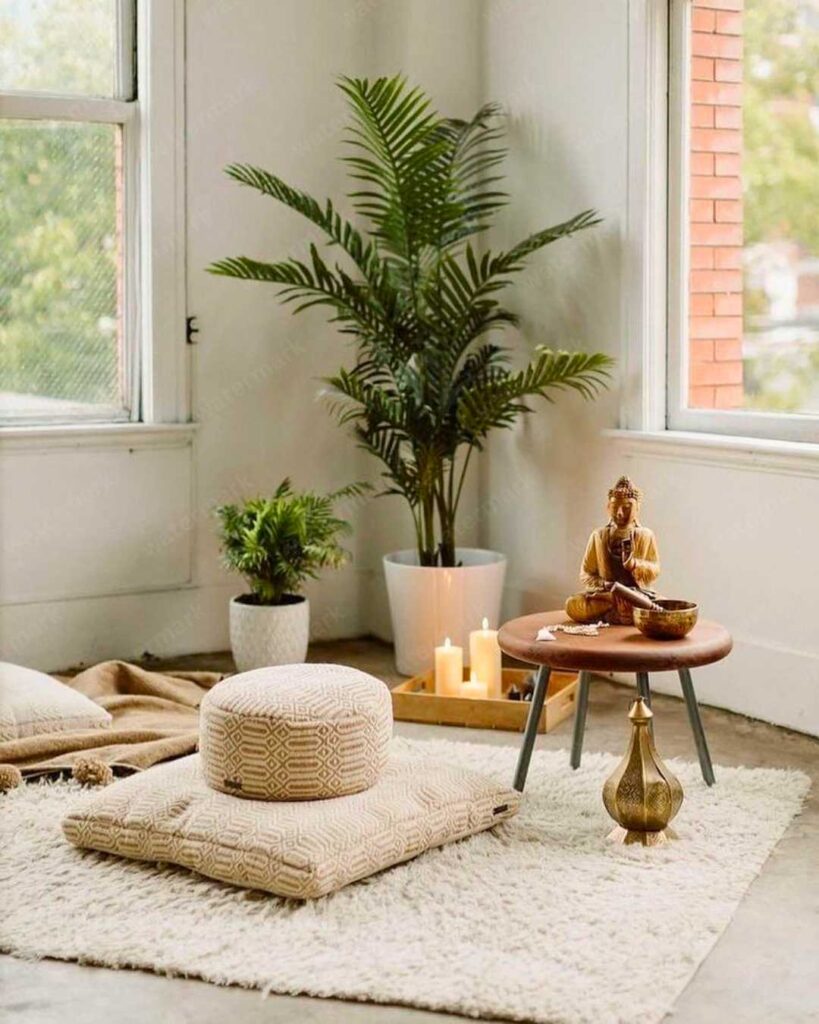
Bringing the outdoors inside can significantly enhance the tranquility of your zen area. Incorporate indoor plants and natural materials like wood and stone. Plants not only purify the air but also add a vibrant touch of nature that can lift your spirits. Opt for low-maintenance options like succulents or snake plants if you’re not a green thumb.
Add Textures
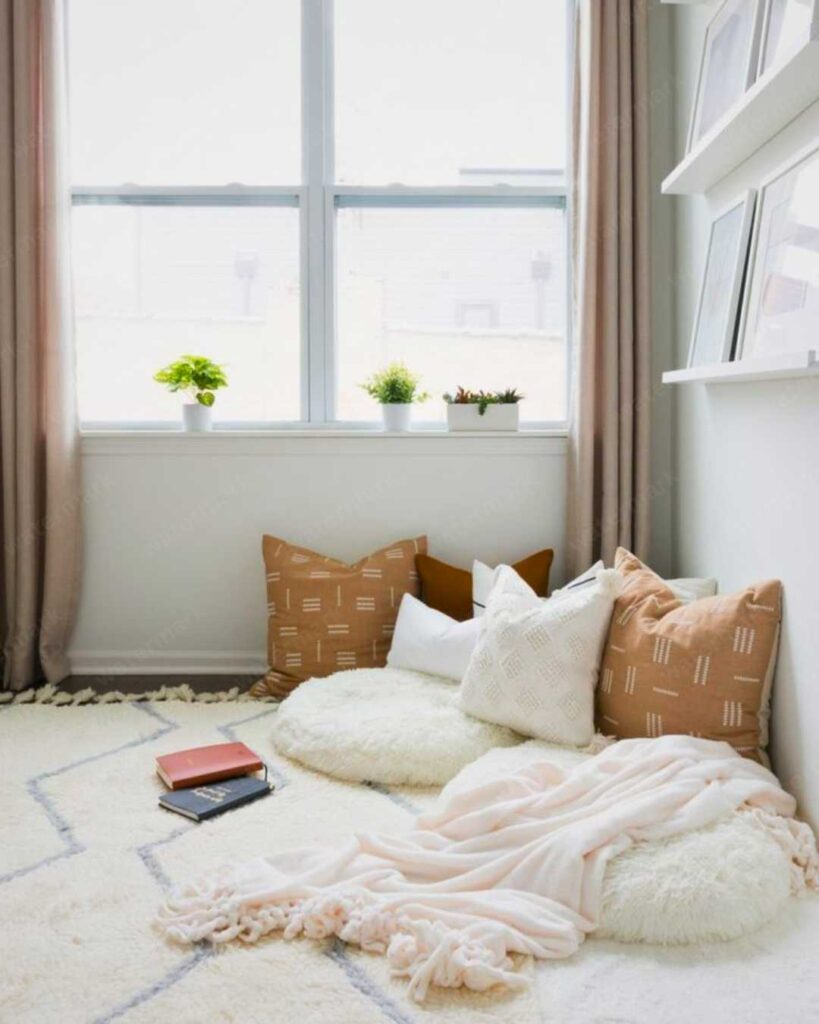
Incorporating different textures can enhance the sensory experience of your zen room. Use soft textiles like throw blankets, cushions, and rugs to create a cozy and inviting environment. Layering textures not only adds visual interest but also makes your space more comfortable and welcoming.
Incorporate Scents
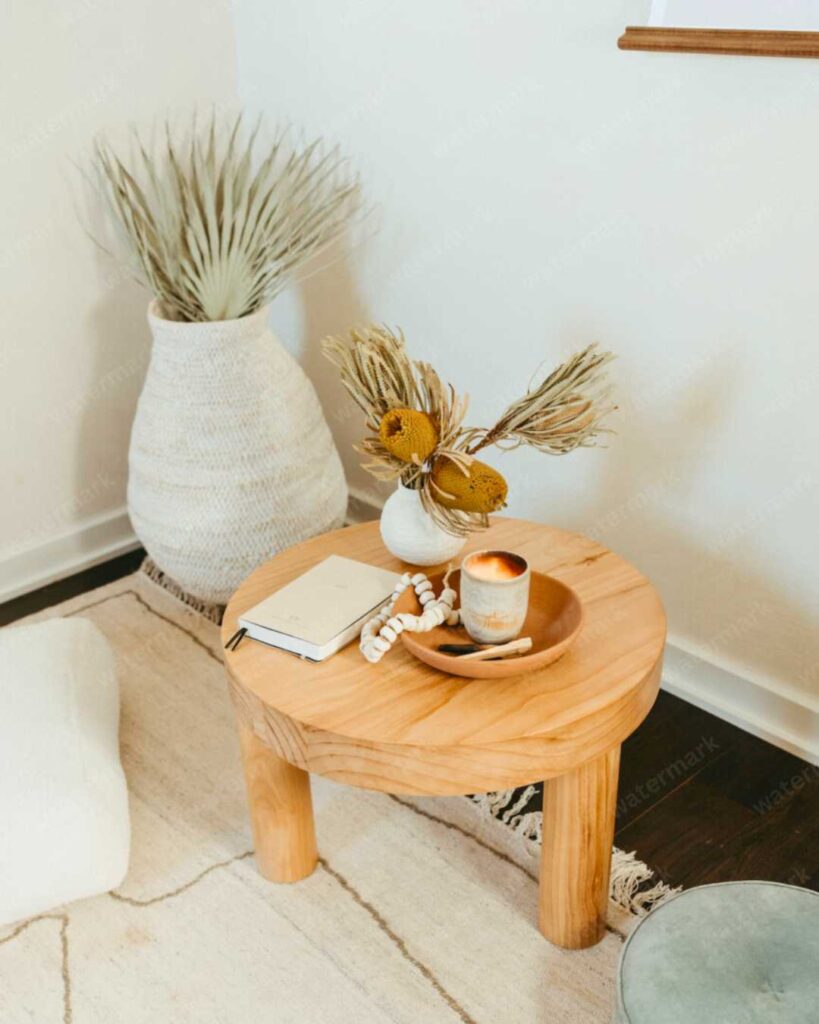
Aroma can significantly impact our mood and well-being. Use essential oils, incense, or candles with calming fragrances like lavender, sandalwood, or chamomile in your zen space. These scents can enhance relaxation and create a soothing atmosphere. Consider using a diffuser to disperse your favorite essential oils throughout the area.
Use Soundscapes
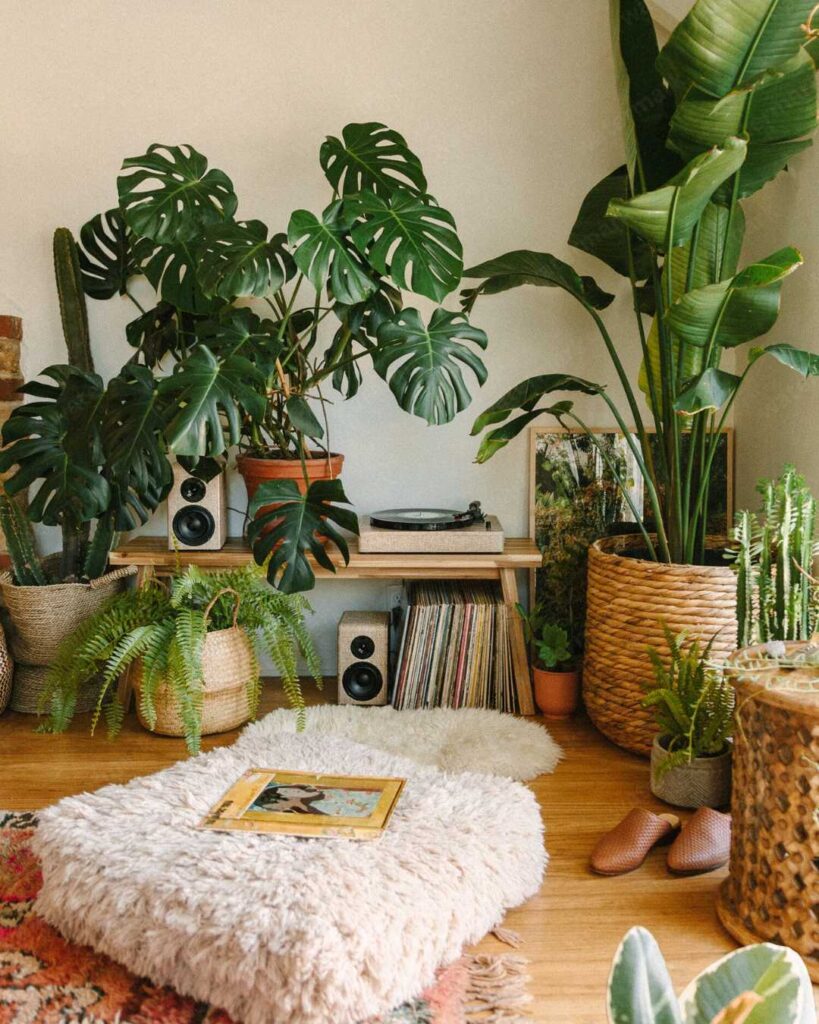
In addition to water features, incorporating gentle sounds can elevate the tranquility of your zen room. Use nature sounds, soft instrumental music, or guided meditations to create a peaceful auditory environment. Soundscapes can enhance your relaxation practices, helping you to stay present and engaged in the moment.
Conclusion
Creating a zen room is more than just an aesthetic choice; it’s a commitment to nurturing your mental and emotional well-being. By incorporating these practical tips—decluttering, choosing calming colors, and embracing natural elements—you can cultivate a space that promotes peace and mindfulness. Remember, your zen area is a personal retreat, so make it a reflection of what brings you joy and tranquility. As you embark on this journey, let the principles of Zen guide you in crafting a serene environment that enhances your life. With time, you’ll find that your zen room becomes a vital sanctuary in your daily routine.

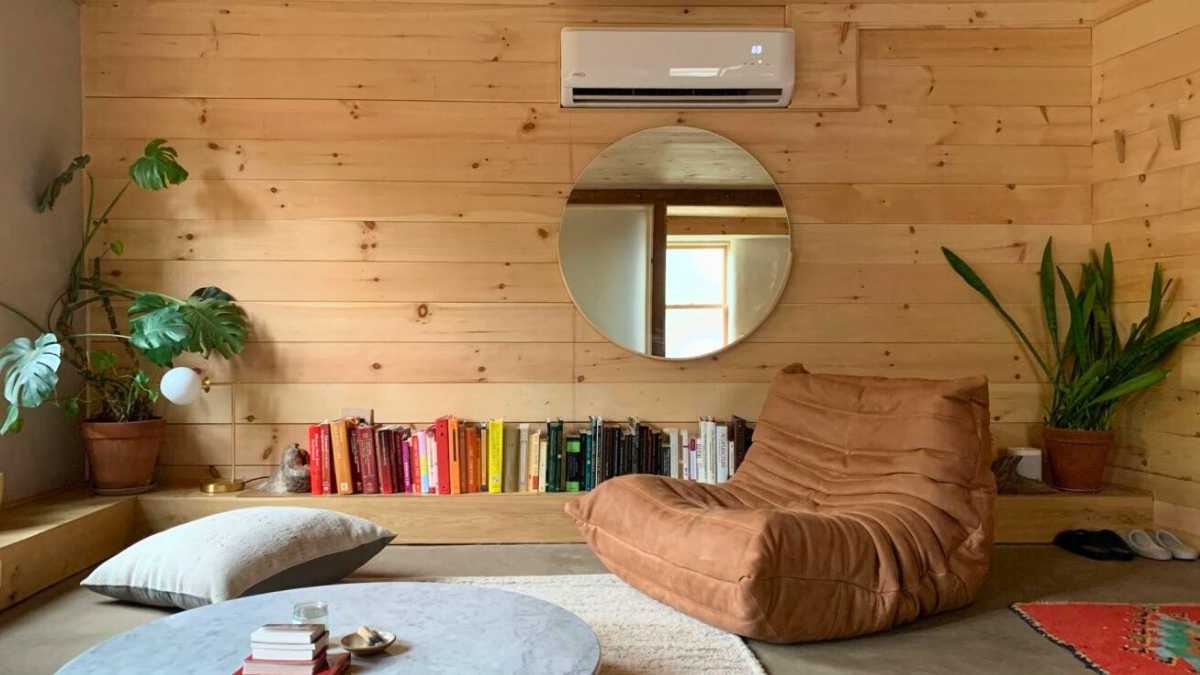





Leave a Comment